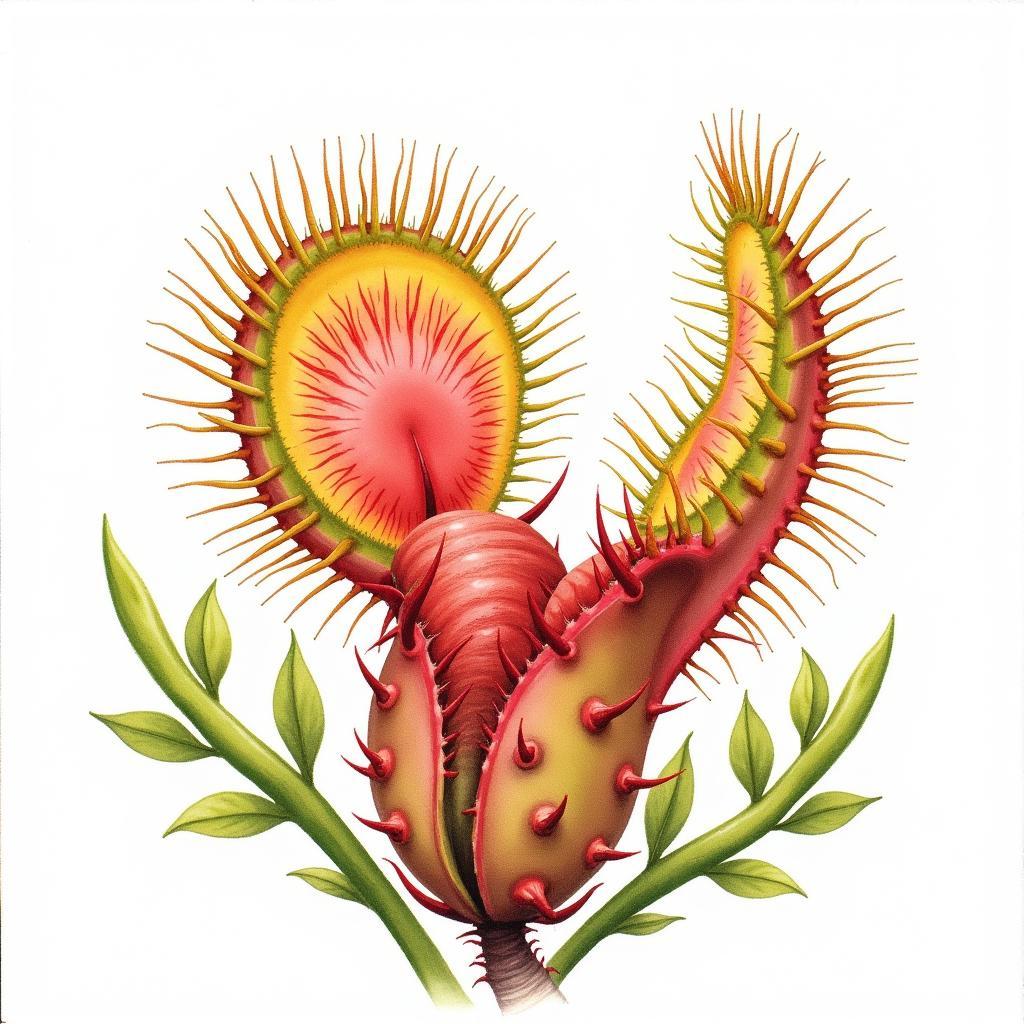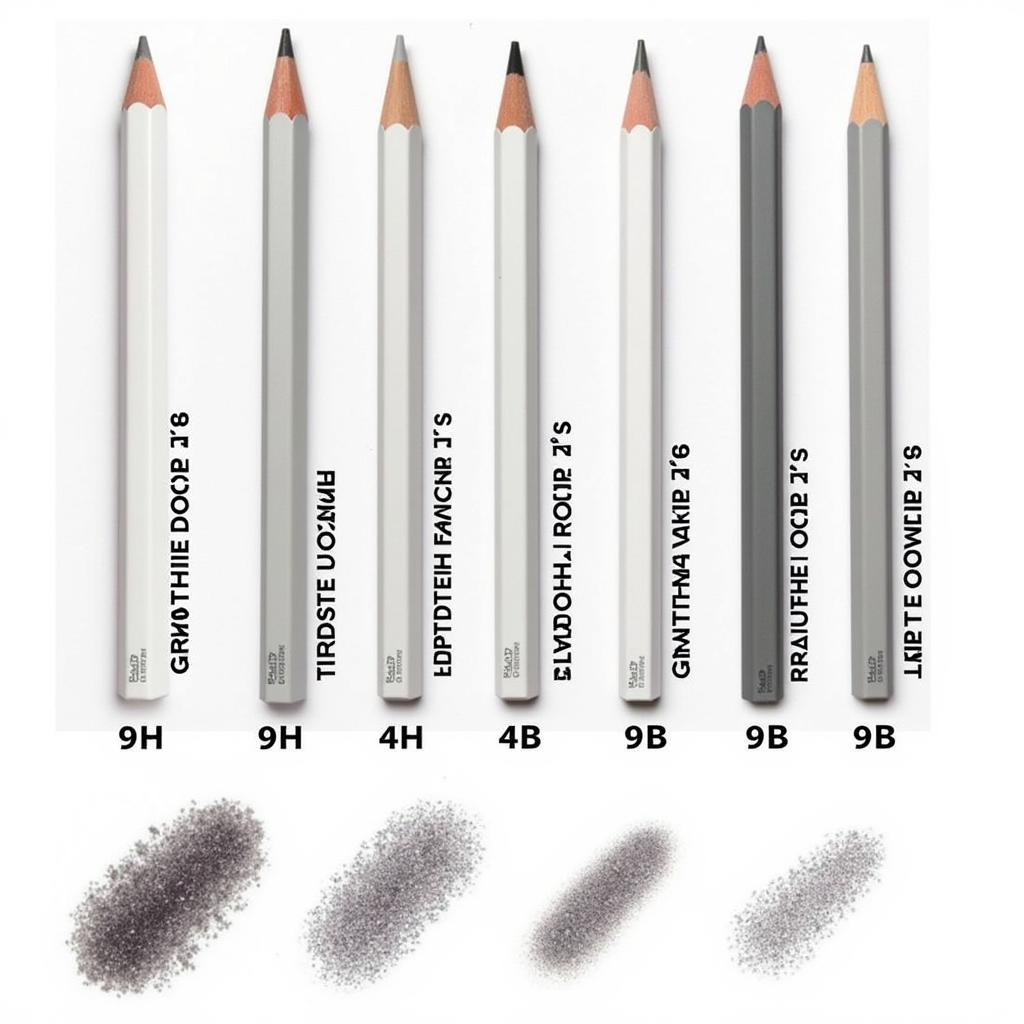Carnivorous Plants Art: A Fusion of Nature’s Wonders and Artistic Expression
Carnivorous Plants Art beautifully encapsulates the intriguing and often misunderstood world of these fascinating botanical wonders. This captivating art form transcends mere scientific illustration, delving into the depths of artistic expression to showcase the intricate beauty and predatory prowess of carnivorous plants.
 Watercolor Painting of a Venus Flytrap
Watercolor Painting of a Venus Flytrap
Unraveling the Allure of Carnivorous Plants in Art
From the iconic Venus flytrap with its snapping jaws to the elegant pitcher plants with their alluring traps, carnivorous plants have long captivated the imaginations of artists and botanists alike. The inherent duality of these plants, existing between beauty and danger, provides fertile ground for artistic exploration.
Artists are drawn to the intricate forms, vibrant colors, and unique adaptations of carnivorous plants. Through various mediums like painting, sculpture, and digital art, they capture the essence of these botanical marvels, highlighting their delicate beauty while simultaneously acknowledging their predatory nature.
Exploring Different Styles of Carnivorous Plants Art
Carnivorous plants art encompasses a wide spectrum of styles, each offering a unique interpretation of these captivating subjects.
Hyperrealism: Capturing Nature’s Precision
Hyperrealistic artworks strive for meticulous detail, replicating the textures, colors, and forms of carnivorous plants with astonishing accuracy. This style often employs mediums like oil paint or colored pencils, allowing artists to render minute details such as the glistening nectar on a pitcher plant’s rim or the delicate hairs within a Venus flytrap.
Surrealism: Where Reality Meets Imagination
Surrealist artists embrace the fantastical elements of carnivorous plants, often placing them in dreamlike settings or imbuing them with anthropomorphic qualities. This style invites viewers to question their perceptions of reality, blurring the lines between the natural and the imagined.
Abstract: Distilling Essence and Emotion
Abstract carnivorous plants art departs from literal representation, instead focusing on capturing the essence of these plants through color, form, and composition. This style allows for greater artistic interpretation, evoking emotions and sparking conversations about the relationship between nature and art.
Carnivorous Plants Art: More Than Just Aesthetics
Beyond their aesthetic appeal, artworks featuring carnivorous plants often carry deeper meanings. They can serve as reminders of the delicate balance of ecosystems, the beauty found in unexpected places, and the power of nature’s adaptations.
“When I paint carnivorous plants,” says renowned botanical artist Anya Ivanova, “I’m not just capturing their physical beauty. I’m exploring the complex relationship between predator and prey, the fragility of life, and the awe-inspiring diversity of the natural world.”
Conclusion
Carnivorous plants art offers a captivating glimpse into the fascinating world of these unique plants. Through diverse styles and interpretations, artists celebrate the beauty, complexity, and ecological significance of these botanical wonders. Whether embracing realism, surrealism, or abstraction, carnivorous plants art continues to inspire, intrigue, and challenge our perceptions of the natural world.



